From 17 to 20 October 2024, Venice hosted an EU MODEX, which for the first time in its history, thanks to the consortium partners of PROCULTHER-NET2 and to the mobilization of the Cultural Heritage Response Unit (CHRU), included a dedicated team to protect cultural heritage.
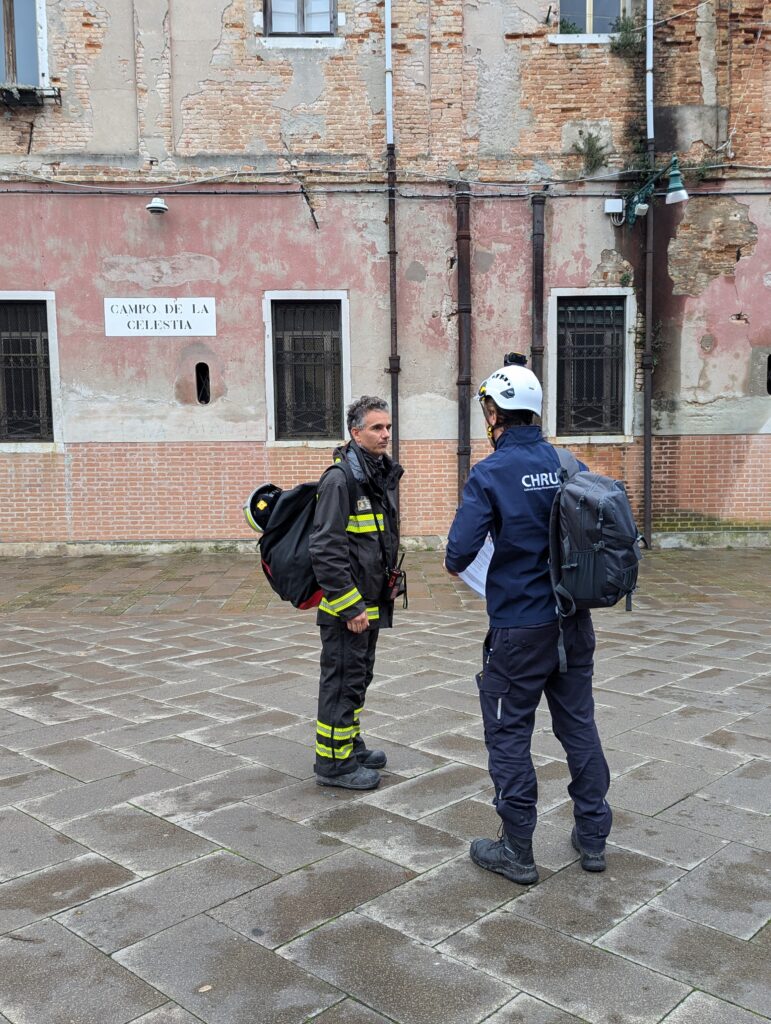
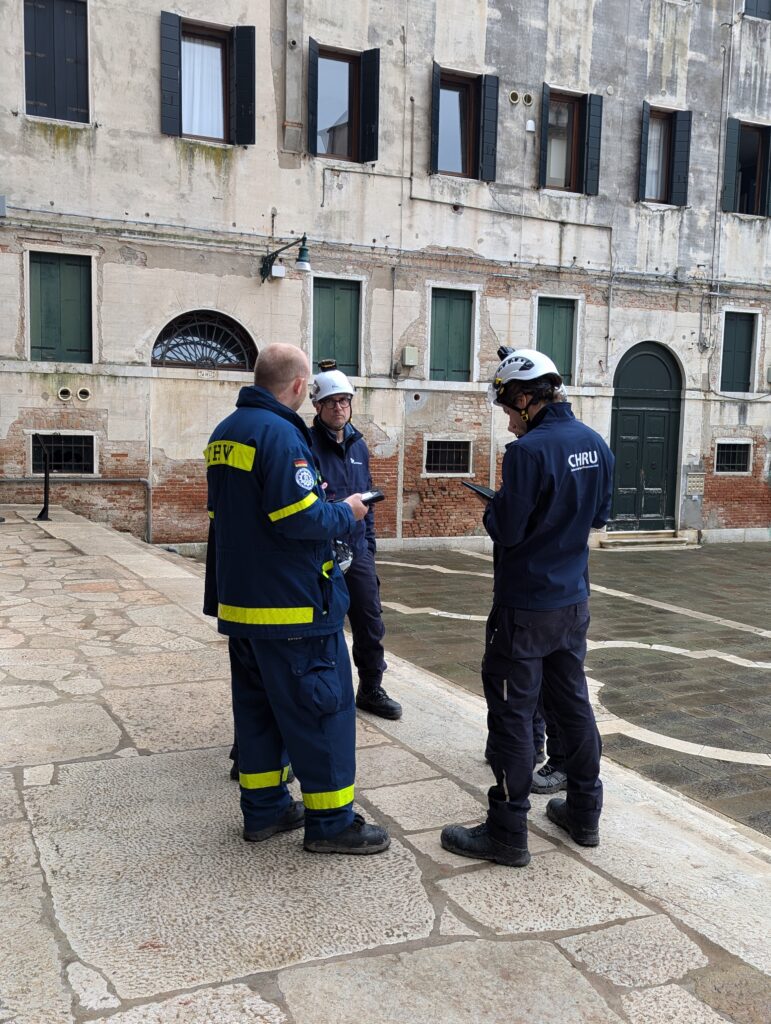
The CHRU carries out a damage survey | Photo: DAI, Tobias Busen
In preparation for future missions, a seven-member core team from the Cultural Heritage Response Unit (CHRU) took part in a four-day ModEx exercise (Module Exercise) in Italy: Module Exercises are EU-funded international exercises with fictitious but realistic disaster scenarios in which teams from the EU Civil Protection Mechanism (UCPM) train their cooperation and technical implementation. As part of the EU-funded ProCultHer-NET2 project, the CHRU was invited to practise real-life scenarios together with civil protection units from Austria, Cyprus, Germany, Italy, Poland, Romania, Spain, the Czech Republic and the EU.

Evacuated cultural artefacts were secured and stored | Photo: DAI, Tobias Busen
In the simulated storm scenario, the CHRU, consisting of emergency services from the German Federal Agency for Technical Relief (THW) and volunteers from the German Archaeological Institute (DAI), protected cultural assets from further damage at various locations in the historic city centre of Venice’s lagoon. The team comprised disaster risk managers, conservators, documentation and assessment experts in immovable and movable cultural heritage.
Their tasks included investigating affected buildings such as the Celestia Municipal Archive, the sixteenth-century San Lorenzo Church and the façade of the San Stae Church, assessing and documenting the damage and recovering and evacuating cultural artefacts. The unit co-operated closely with the European Coordination Team (EUCPT) and the Italian Civil Protection. The CHRU utilised special equipment, including its specially developed digital tool.
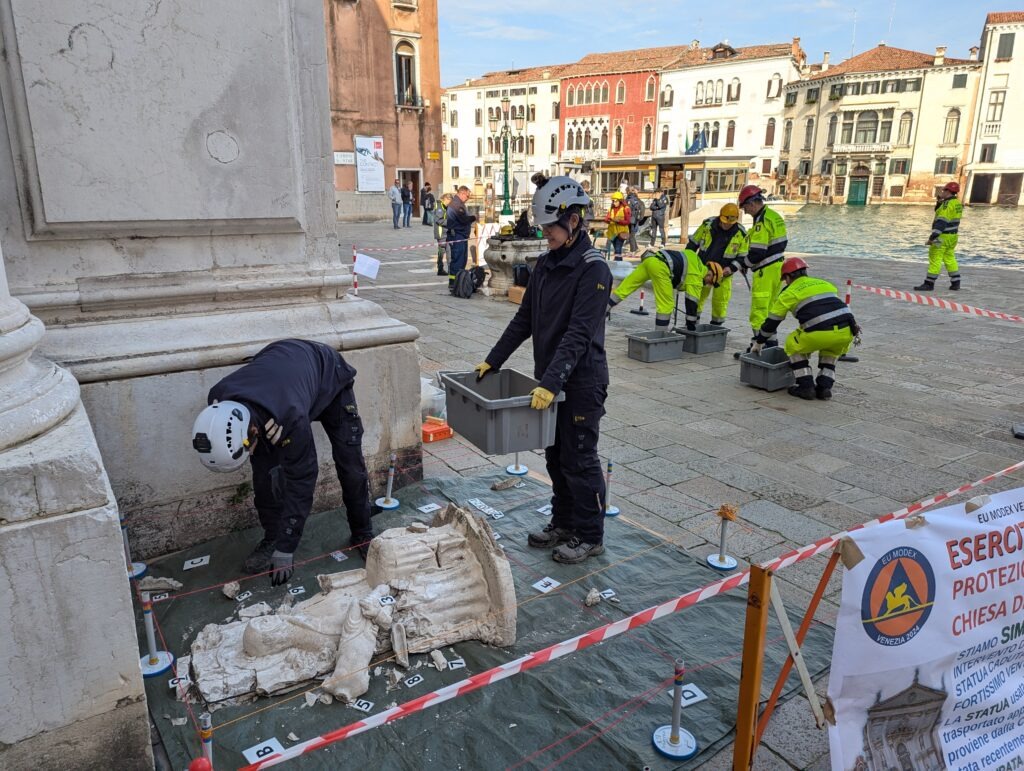
Documentation of architectural debris in front of the San Stae church | Photo: DAI, Tobias Busen
During the exercise, the CHRU was able to evacuate and secure numerous cultural assets, including paintings, books, sculptures and relics. Each CHRU intervention was preceded by structural inspections carried out with the Italian National Fire and Rescue Service through its Short-Term-Countermeasures (STC) team, in order to assess the usability of the sites and identify the measures needed to ensure their safety. This allowed for an evaluation of the coordination and interoperability capacities between modules, which is another objective of the EU MODEX. The affected institutions were closely involved at all times.
After the work was completed, the team analysed the collected data (including survey data, damage documentation and work reports) and made recommendations for the further emergency care of the cultural assets. At the end of the ModEx, the CHRU was honoured for its work and voluntary commitment at a joint event together with other units from the fields of salvage and emergency medical care.
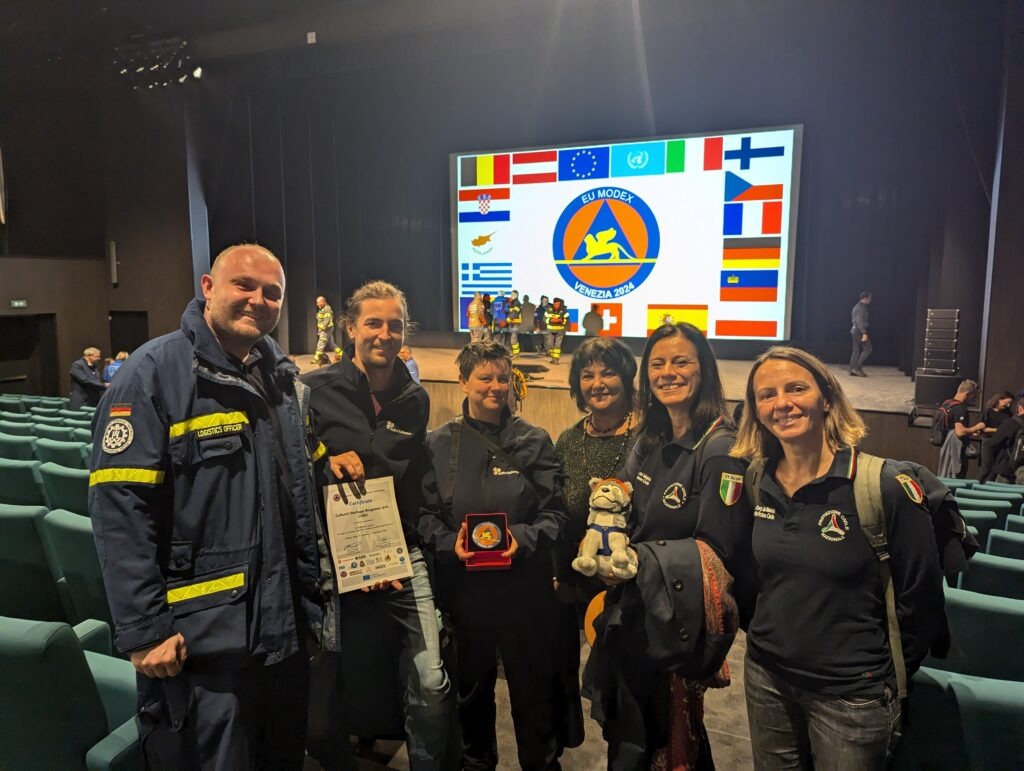
CHRU team members with members of the CHRU team with colleagues from the Italian Civil Defence and PROCULTHER-NET2 | Photo: DAI, Tobias Busen
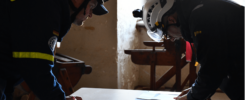
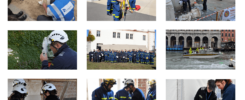
1 comment
Comments are closed.